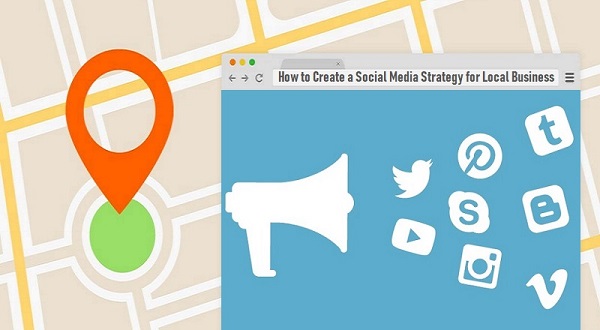Like virtual reality (VR), augmented reality (AR) can be accessed by users with just a smartphone. No heavy goggles, no uncomfortable glasses that need to be charged, simply download an app and open it to begin experiencing your environment in AR.
What Is Search for Augmented Reality?
The first time augmented reality was experienced by users on a large scale was back in 2016, with the release of Pokemon Go. The game was an immediate international sensation and quickly became the biggest mobile game in U.S. history. Today, there are dozens of apps that leverage the power of AR and allow users to interact with their surroundings in a completely new way. Mobile SEO and search, in the context of augmented reality, is visual search. It’s the ability to look up a product or item through visual processing. For users, it’s a convenient and easy way to locate desired objects. For business owners, visual search is the next level of marketing and business promotion.
How AR Is Being Used Today and What It Means for Brands
Small businesses and large corporations alike are starting to understand the power of visual search. Two of the most popular apps that utilize AR are Google Lens and Pinterest Lens. In both of these applications, users can point their smartphone camera to any object and they will automatically locate similar items within their platforms and across the web.
If you’ve ever been in a situation where you loved someone’s outfit and wanted to replicate it for yourself but were unsure of how exactly to do that, these apps are for you. The image recognition and processing in Google Lens works for everything, from apparel to furniture, and can even help users identify plants and animals!
Augmented reality not only has the potential to change marketing and eCommerce, but also to affect every industry it touches because it will change how users interact and engage with content. Even the best SEO agency will need to rework its strategy. Meanwhile, marketers everywhere are still trying to grasp these new technologies, let alone learn how to optimize their brand for visual search. In the next section of this post, we’ll go over what the implications of AR are for your brand and some tactics you can use to begin ranking on search for augmented reality.

Understanding and Applying Visual Search Best Practices
The application of AR to the digital space within the context of search is revolutionizing SEO for brands because, instead of phrases, photos now function as user queries. Explaining that a bit further, instead of a user typing out the words, “blue dress,” into a search bar, with visual search they are taking a picture of a blue dress and that photo acts as the query. From there, search engines must then identify the shape, color, pattern and size, of what’s displayed in the image, and locate other items within the same schema across the web.
With the rise of augmented reality, brands must now prepare their content for the rise of visual search. One easy way to do this is to follow some best practices when uploading your imagery. If you want your content to rank as if you employed an agency, you will need to:
- Write relevant and concise captions for all your images
- Place imagery near relevant text on your webpage
- For Google search use Google’s Product markup to tag your images to specific keywords
- Optimize your content and photos for mobile SEO
Each of these steps helps give your pictures context that a search engine can work with to identify what’s in the photo. The more context you provide for your images, the easier it will be for them to rank on visual search engines. This point is precisely where AR and SEO connect.
Visual Search and SEO
A lot of the best practices above are identical to what you would do for your regular SEO strategy. The only difference is that, this time, you’re applying those tactics to an image instead of a web page. Similarly, working to optimize your content for mobile SEO is akin to optimizing your content for local SEO, which also helps your visual search rankings.
Google definitely plays a large role in normal SEO, and the same is true for visual search. While you may be focused on trying to appear solely on Google Lens, remember that AR is present in other areas of Google’s business as well. Google Maps, for example is working to bring augmented reality navigation to users. Similar tactics you would impose on your content to appear on regular Google Maps may soon apply to the AR version as well. All of these strategies are intertwined and connected with one another, but they differ depending on what area of your digital marketing strategy you want to focus on.
The Wrap-Up
One of the unfortunate sides to digital marketing is the constant need to adapt to the ever changing landscape that is the internet. With technology becoming more advanced and new search modes emerging into mainstream marketing, it can seem impossible to stay afloat. If you’re looking for help to maintain or enhance your digital marketing strategy, don’t be afraid to reach out to your local SEO agency when you feel overwhelmed. We can help with everything, from planning to implementation, and more! For now, let’s review what is search AR and how it can impact SEO:
- The difference between AR and VR is that augmented reality adds digital elements to a live view of the real world, unlike VR that is more of an immersive experience
- Brands are using AR to help users identify and shop for products using visual search
- With visual search, the photos you take or the point of focus on your camera will function as your queries
- Many of the best practices that already exist for SEO overlap with the same strategies you should use if you’re looking to optimize your content for visual search
Don’t forget to subscribe to our newsletter to receive the latest updates on industry news and trends.





Tell us your thoughts in the comments